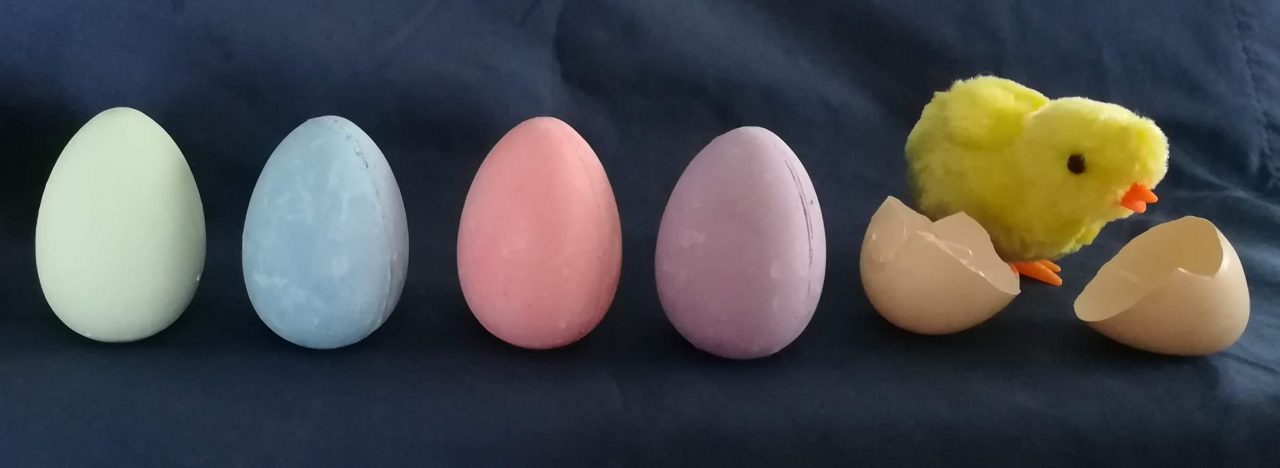Jack London wrote a short story, “To Build a Fire”, about a guy in an emergency situation–an extreme emergency situation. It’s worth reading, not just to think about whether you are prepared for an emergency, but for the larger themes of the story that are so worth thinking about and discussing. You can find videos of the story online, for those not ready to read the original.
In this post, however, the theme is knowing how and practicing fire starting, fire building and maintaining, fire containing and education.
Knowledge of the art and science of starting and building a fire is vital, but so is practice. It takes a lot of practice to be able to efficiently build a good, appropriately sized, smokeless fire. Check to see if your scout (and everyone else in the family) is prepared–summer picnics, outings, camping, and BBQing months are excellent opportunities for the family to practice, and to be educated on fire building and safety.
A fire needs three things:
- fuel
- air
- heat
So when you set up your fire, remember to build it so that air can get into it, otherwise you’ll have a very smokey experience that extinguishes your hopes. Try, try again! A couple of well-known structures are the “log cabin fire”, and the “teepee” fire. You can find lots of information and videos about how to do those on the internet.
You can’t start with big logs, you need easily flammable combustibles—paper, cardboard, dry leaves/needles & certain dried flower stalks (holly hocks, etc.) make good fire starters. You can use junk mail and such, but be sure to crumple it up so air can help it burn. There are also commercial fire starters. Make a powerful rule to children that when starting a fire, you must be careful that it is safely away from things that could burn down the house or forest (for example).
On top of fire starters, you’ll want kindling size wood (seasoned, pitchy wood is great!), then gradually larger pieces so that the smaller ones get the larger ones burning. Wait until the fire is going pretty good before putting on the big logs. Again, use seasoned, dead, wood, not newly cut “green” wood.
You can, of course, also add charcoal, that once it is going steady, makes a nice cooking fire. You don’t want to cook on big flames . . . I usually give my fire a half hour to get some nice coals (whether wood or charcoal). Add fuel carefully, if you need, to keep the heat even, if using for cooking.
So that’s for set up, and the plan.
Now comes the actual starting of the fire. Long before the days of matches, people would take a container with coals from an older fire to light a new one. Not very simple in our times. Matches, then cigarette lighters and their kin, are much the most used in our society. There are strike anywhere matches, and there are those that have to be struck on a special strip. Be sure you know what you have. And store them safe from moisture, and small hands. Everyone about 8 years of age and above should learn to use these tools to start a fire, safely.
Do this practicing in a safe place–ideal if you have a fire pit at home. Or, go to a picnic or campground that has fire pits or grills, so that the fire can be safely contained. Make a strong point of this to all the children (and adults).
Teach all children the characteristics and cautions of fire. Fire is a great friend, when it’s under control. When it’s out of control, it’s a huge disaster! Though fire is our friend, it is not to be played with! Children should be strictly regulated, never using fire without competent adult supervision, including fireworks. Stay a safe distance from the fire (it’s Hot!), and never run around the fire. Don’t take burning sticks out of the fire to tease other kids with, or run with them . . . all that ought to be common sense, but sometimes isn’t.
Yet if you allow children to be a part of the fire building, maintaining, controlling, and extinction, you can let them satisfy their curiosity and urge to burn in a safe way, as well as building knowledge and skills of great value in an emergency, and for appropriate recreation.
Can you build a charcoal fire without using lighter fluid? It’s good to have experience using lighter fluid, and making a fire without it.
Other ways to start fires, that ought to be practiced in a fire pit: magnifying glass, mirror, flints . . .
Last, but not least . . . know how, and be ready to extinguish the fire. Remember the fire needs fuel, heat, and air. To put a fire out, you take one or more of those away.
- A small stove fire can be smothered with a lid. Don’t pour water on an oil fire! Salt or baking soda can put out a small stove or oven fire–close the oven and turn off the heat/fuel. Have a kitchen fire extinguisher, and know how to use it, but don’t wait til it’s too late to evacuate!
- Pouring water on a campfire when you are done with it takes away the heat and smothers it, and is probably the simplest means of putting it out. Have leftover ice water in the cooler to pour out? The fire pit is a great place to dump it. Scatter any remaining fuel so that it doesn’t reignite. Make sure it is all out, before leaving the vicinity.
- When using fire in the backyard, have the hose ready to cool things off, if needed!
Have fun this and every summer . . . And feel confident that you are prepared “To Build a Fire”.


